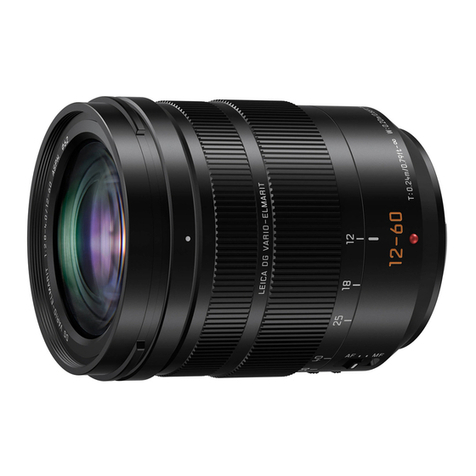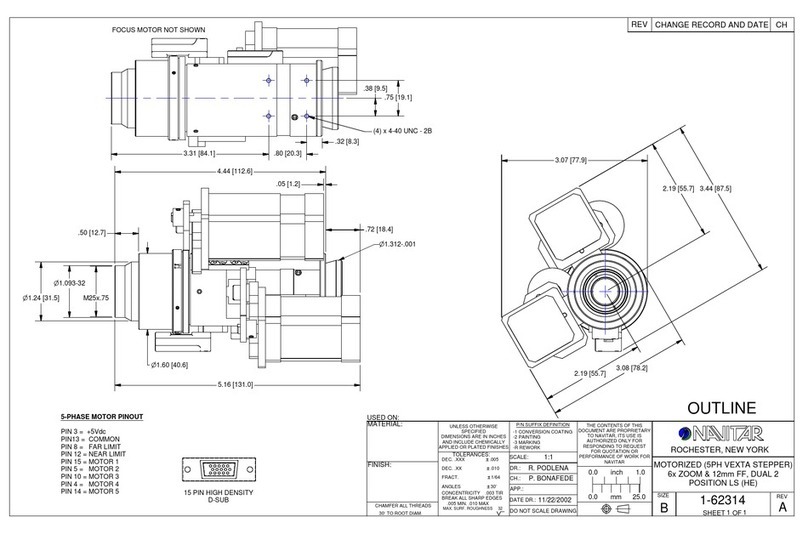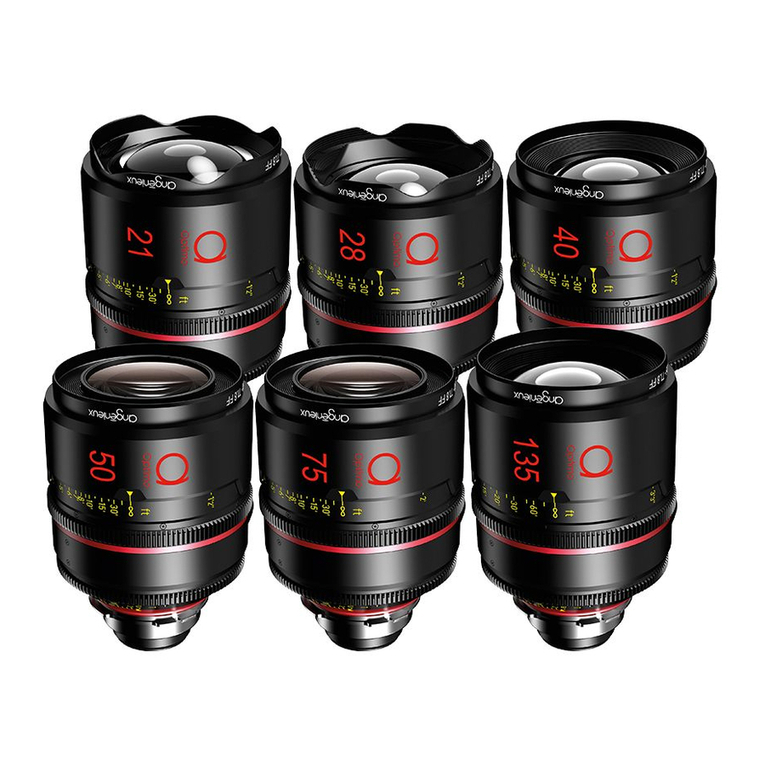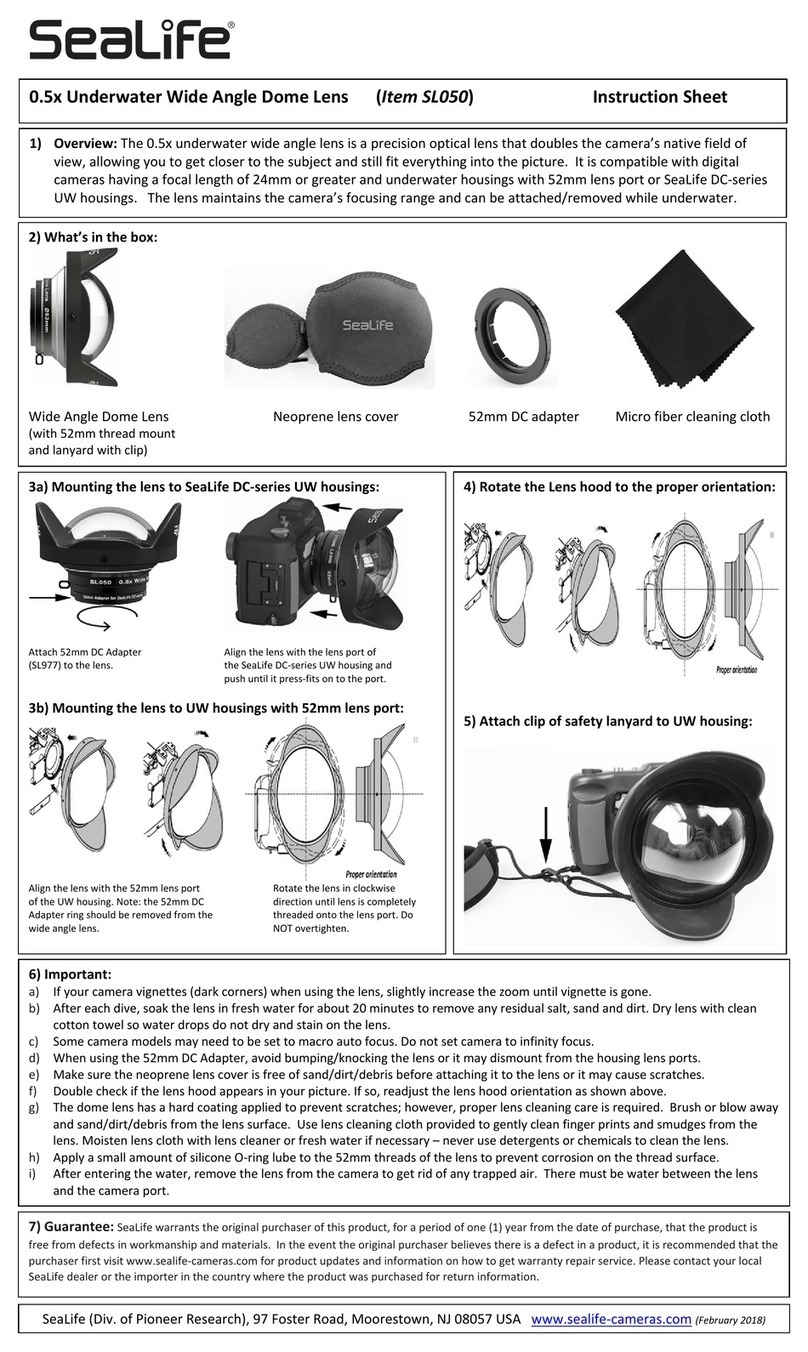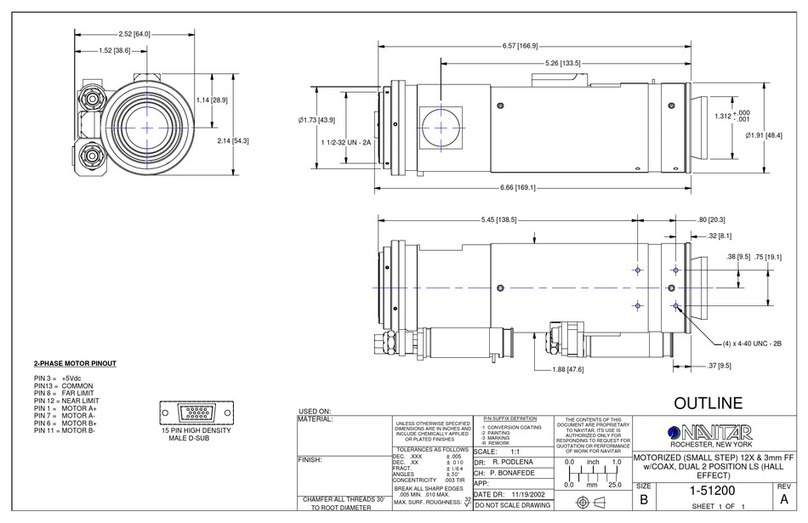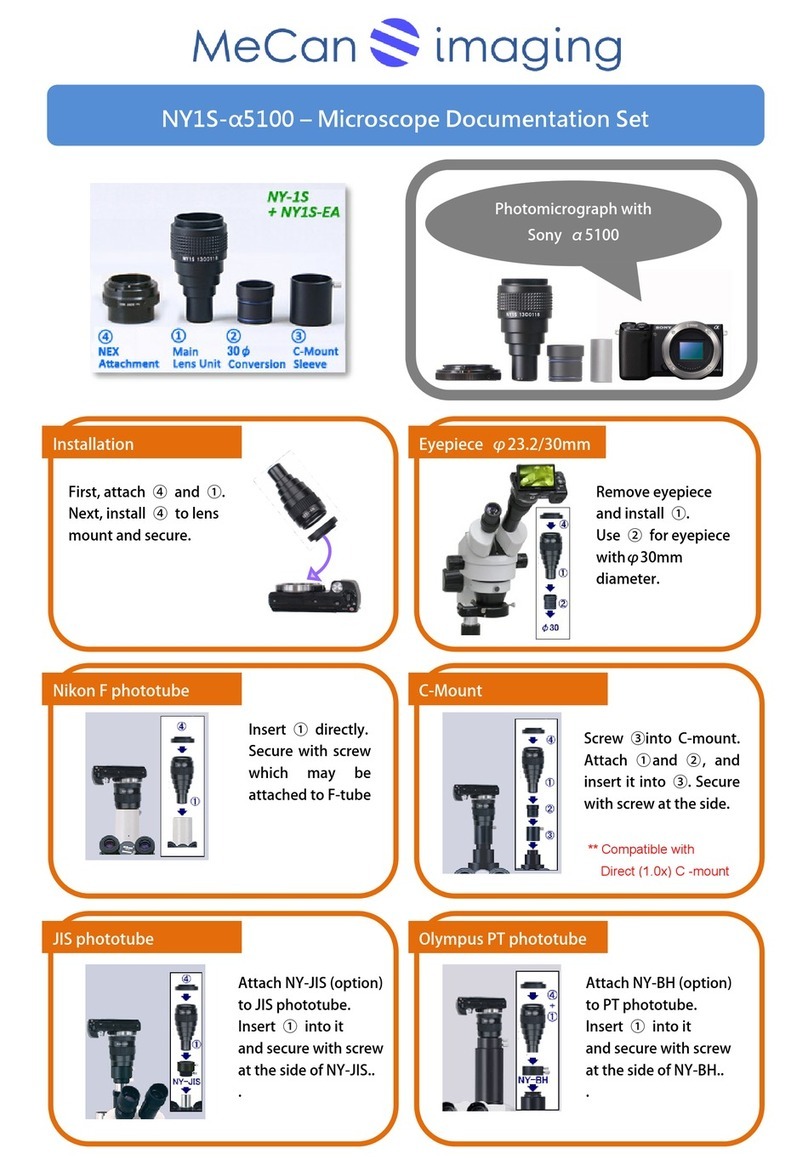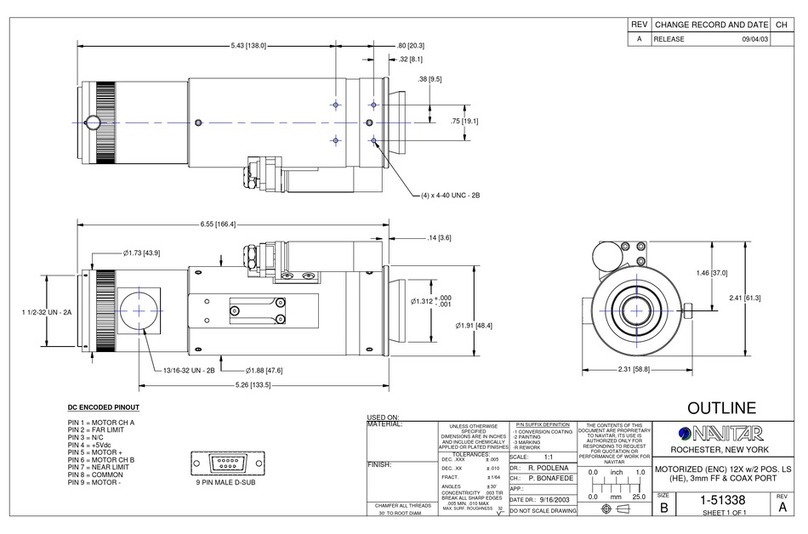Pentax 26755 - SMC P FA 645 Zoom Lens User manual
Other Pentax Lens manuals
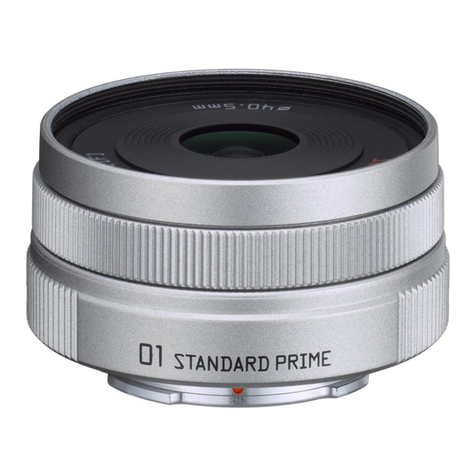
Pentax
Pentax 01 STANDARD PRIME User manual
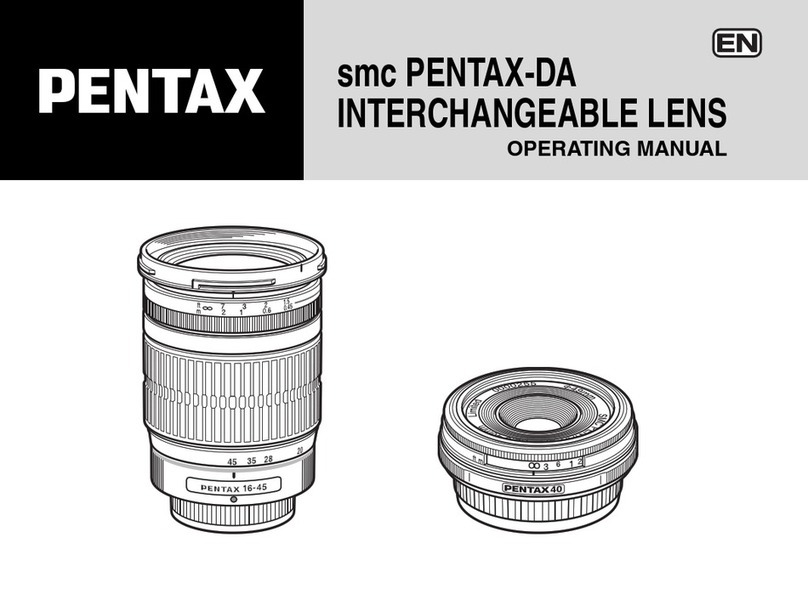
Pentax
Pentax 17-70mm - 17-70mm f/4 DA SMC AL IF SDM Lens User manual
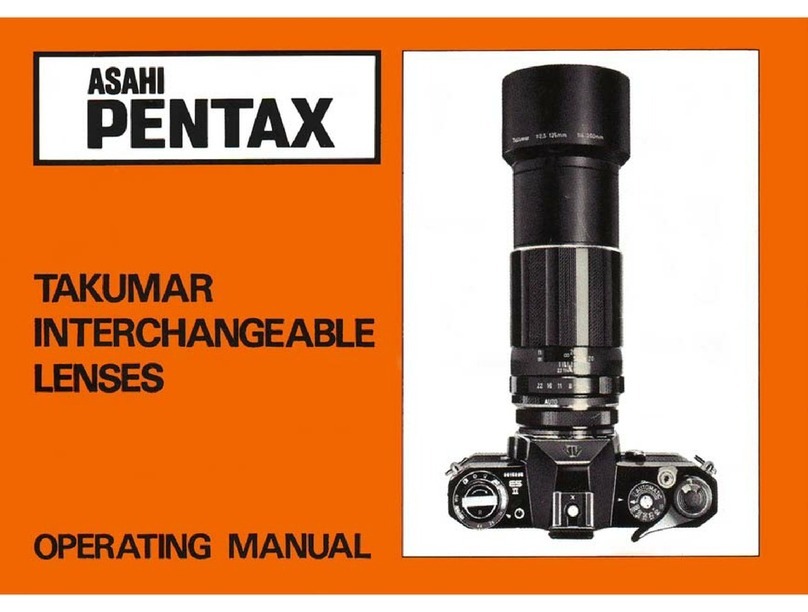
Pentax
Pentax takumar User manual
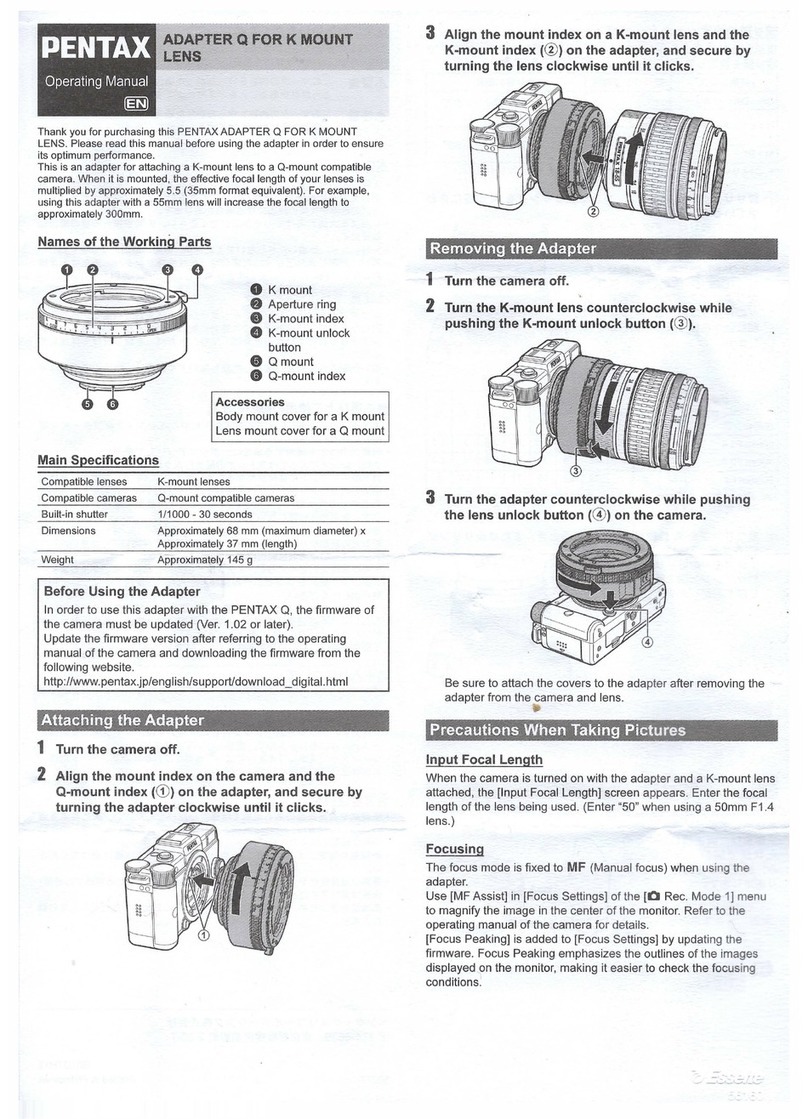
Pentax
Pentax ADAPTER Q FOR K MOUNT User manual
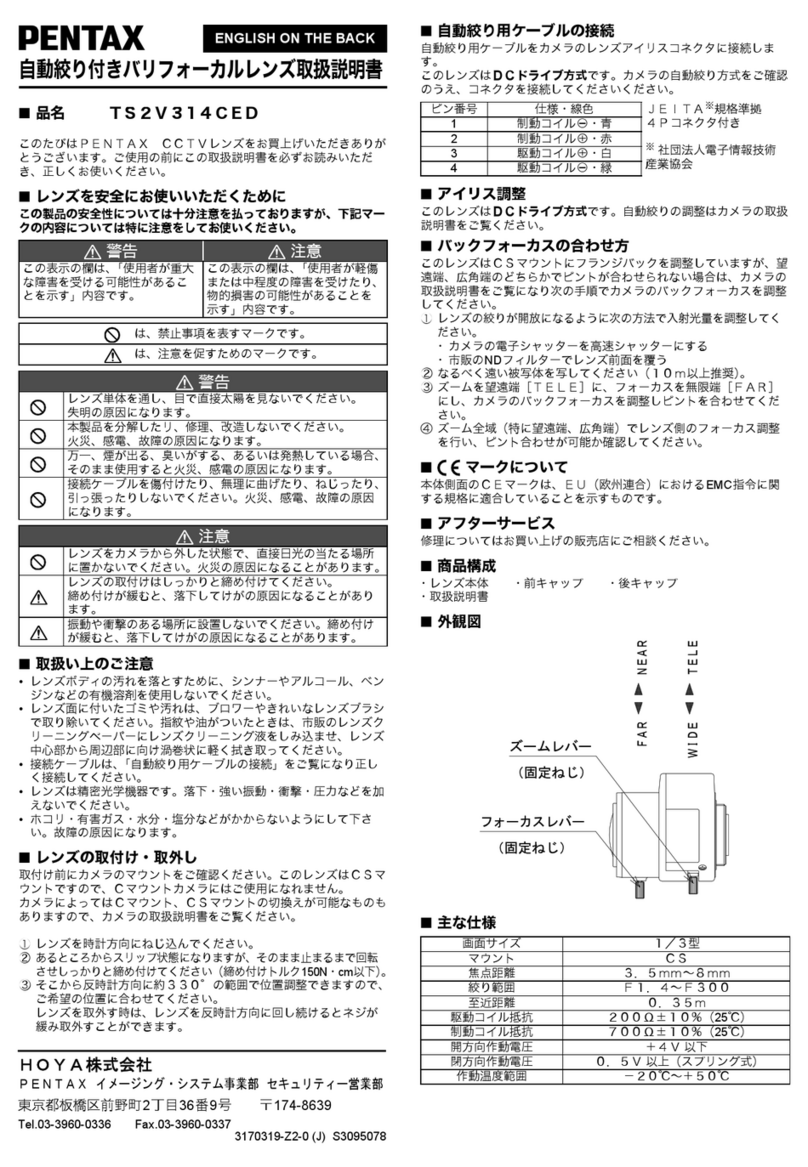
Pentax
Pentax TS2V314CED User manual
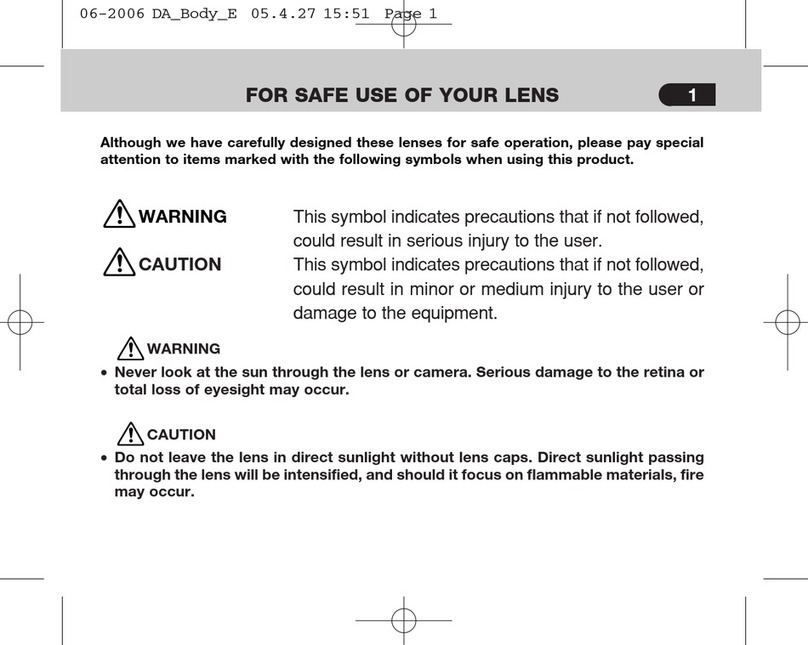
Pentax
Pentax DA 14mm f/2.8ED (IF) User manual

Pentax
Pentax 67 Magnifier User manual
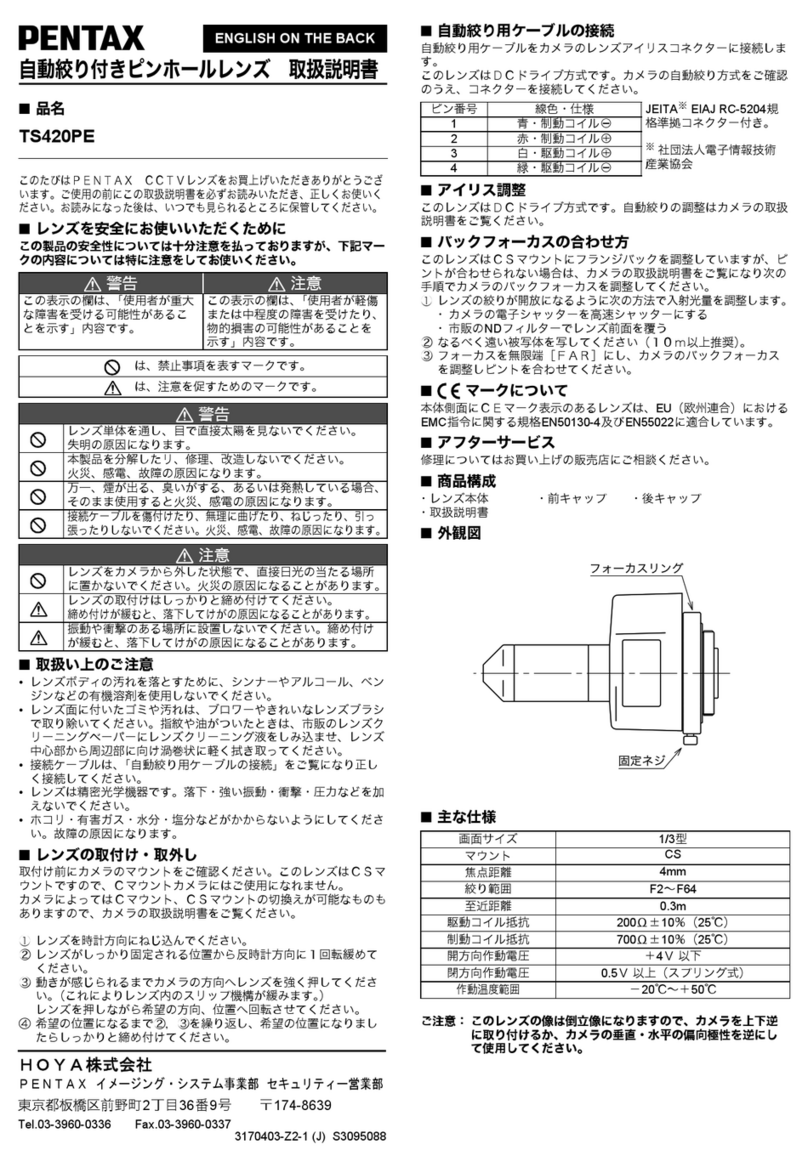
Pentax
Pentax TS420PE User manual
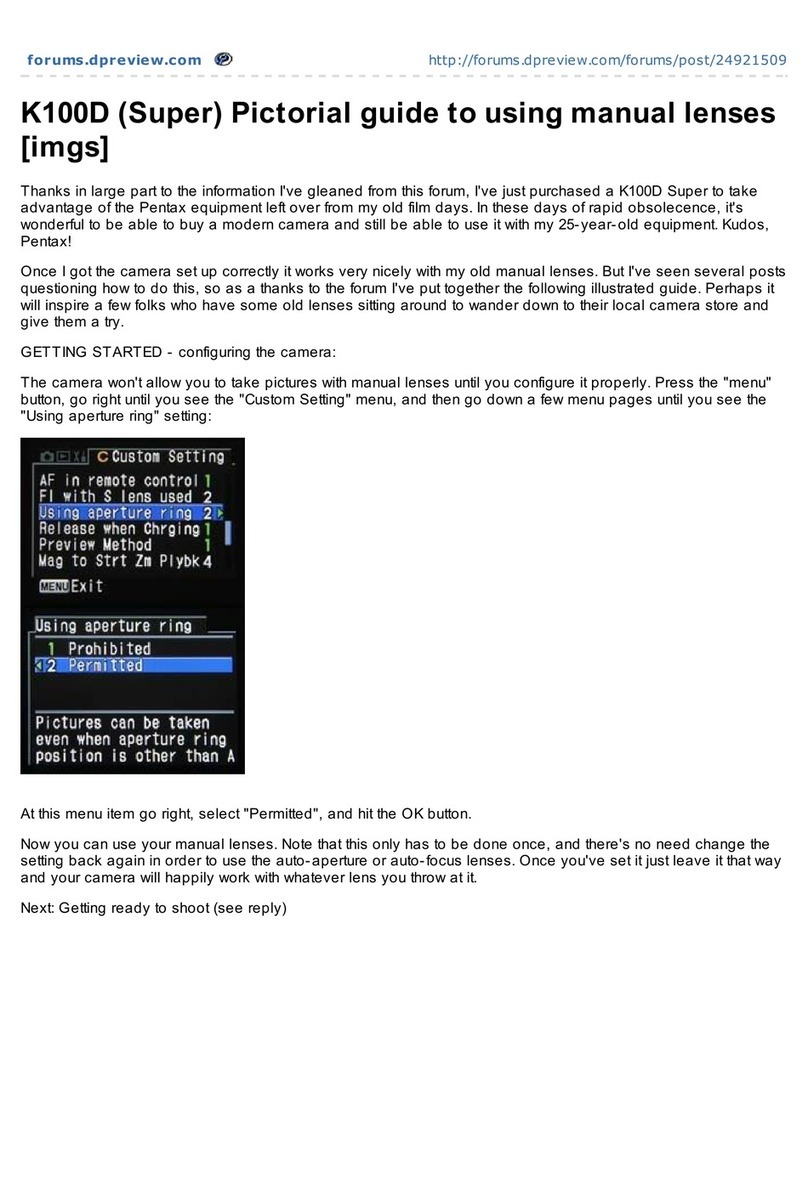
Pentax
Pentax K 100D Super User manual
Popular Lens manuals by other brands

Tamron
Tamron SP 70-300mm F/4-56 Di VC USD Brochure & specs
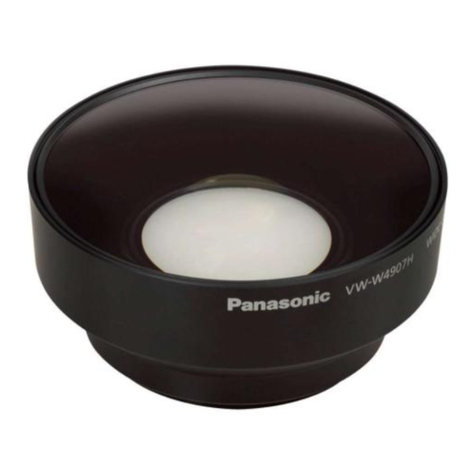
Panasonic
Panasonic VW-W4907 operating instructions
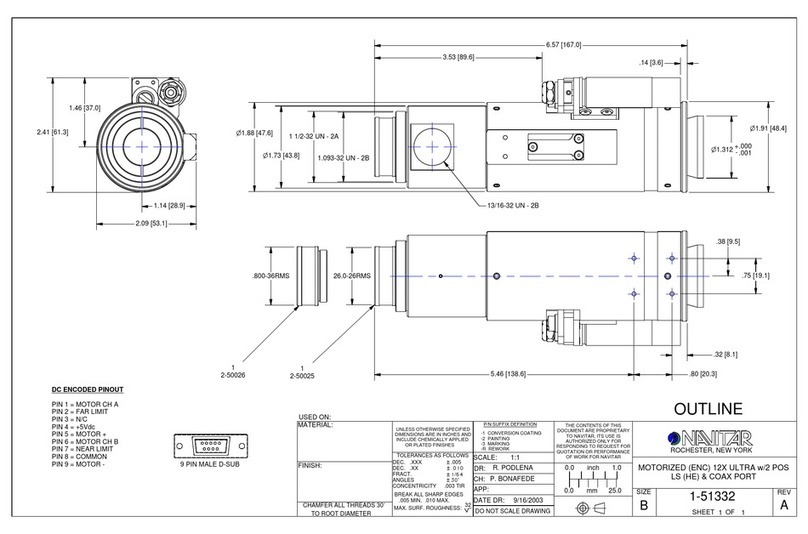
Navitar
Navitar 1-51332 Dimensional drawing
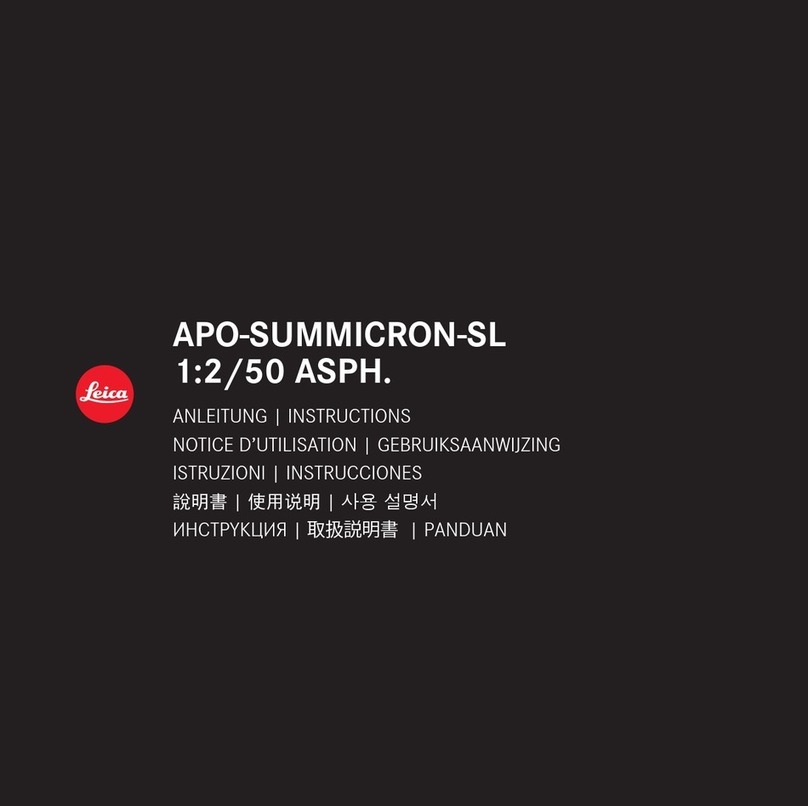
Leica
Leica APO-SUMMICRON-SL 1:2/50 ASPH. instructions

Sony
Sony LKRL-Z200 Series Product information

Cosina
Cosina Voigtländer SUPER NOKTON 29mm F0.8... instruction manual
